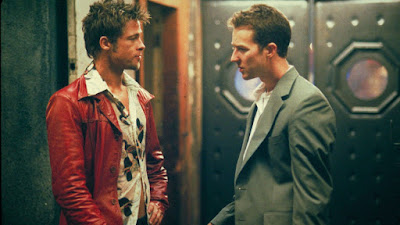Mannequins in Society
Throughout thus course, I was really interested in the idea of mannequins being reflective of society during a given time period. My favorite unit was unit 2 by far and I have really focused on the uncanniness of nonliving figures and their relationship to the living throughout the semester. The uncanny definitely applies to pop culture -- our values are captured in models and mannequins. For example, up until maybe the 2010s, the dominant aesthetic on runways and in stores was thin women. While this is definitely still the case, the recent surge in body positivity in the past few years has led to more plus sized models and mannequins. In the past, mannequins and models were wax figures and real human hair and teeth were used to construct them. Real human parts being used for a nonliving object give it this creepy life-like characteristic that distorts the line between life and death, and it’s super creepy. On the flip side of that, living women behaving as automatons -- in their movements or in their appearance -- is also uncanny. Both living models and mannequins tread the line between living and dead, and thus they both produce uncanny feelings. The most unsettling thing to me is the use of human body parts in wax figures (like, wow. It’s so disturbing). But also, I find the whole concept of fast-fashion unsettling as well. It’s such a commonplace practice in the fashion industry now, and I feel like it suppresses individuality and creates doubling.



Comments
Post a Comment